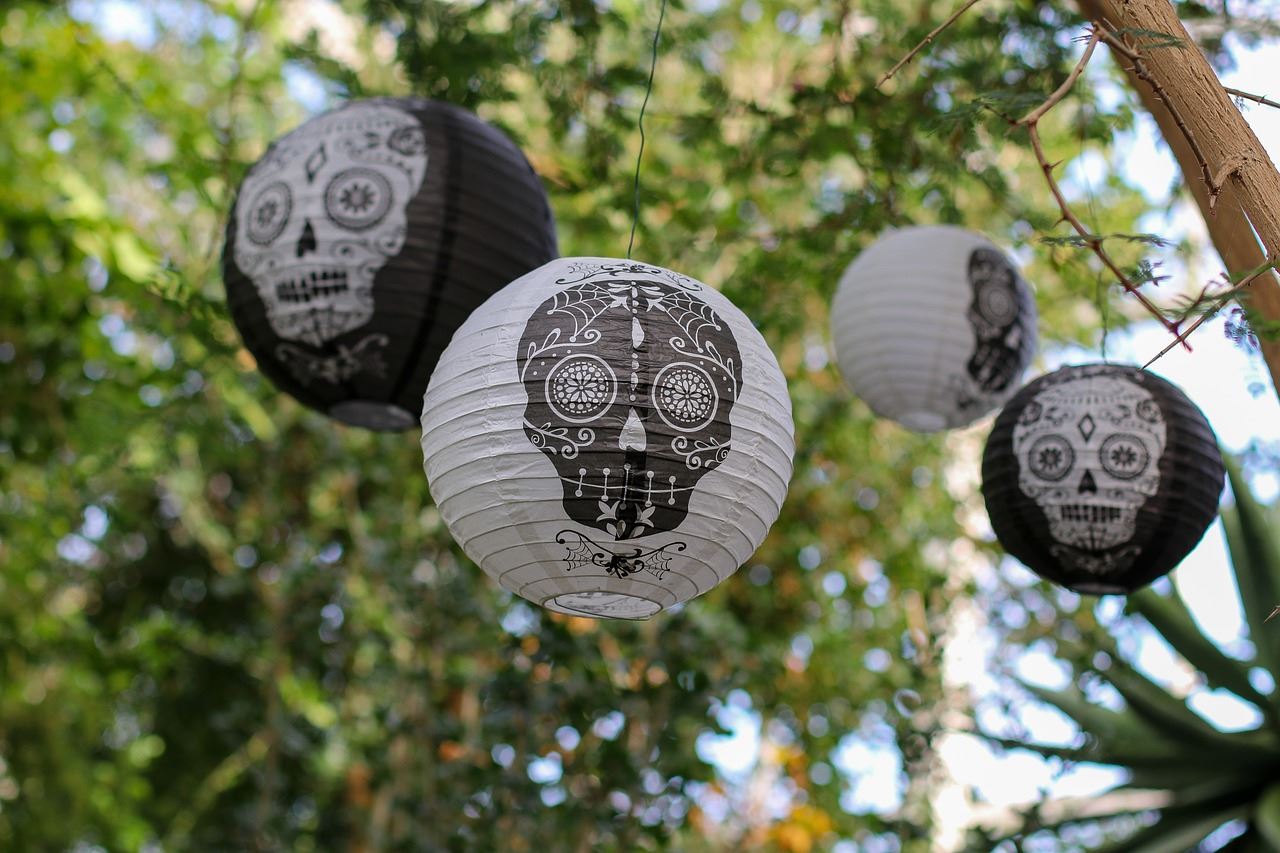By: McCadden, ERAFANS Online Course Facilitator
At this time of year, consider holding some form of Ancestors Celebration with the families of your students, or even the wider community. Here are a few ideas from regenerative culture design mentors Honey Sweet Harmony:
Invite families to send in photos or other items that remind them of those who have gone before, and create an artistic Honoring Our Ancestors display in the (indoor or outdoor) classroom space. Fabric, shells, sticks, leaves, nuts, bones, feathers, flowers and anything else the participants gather with consent from and gratitude to nature can add to the decorations. Candles (in canning or baby food jars for safety) can be a beautiful addition. Make sure the personal items are name-labeled and appropriate to be exposed to the hazards of weather and handling (eg. photocopies of original photos).

Here is our Honoring the Ancestors Song Grove with many songs that are easy for a group to learn without needing prior practice, printed lyrics, or sheet music.
-
If you’re ready to try out a larger scale event: hold a community/class Ancestors Feast in which food from the participants’ ancestral heritage, or food loved by someone dear who has died, is shared with everyone, and an Ancestors’ Plate and Cup are given a dollop of each dish or beverage. Create an Ancestors’ Chair decorated with special items gathered from nature, and a Storytellers’ Chair for anyone who wishes to sit and tell a story about the food and ancestor before passing it around for those who would like to sample. It's important to ask that the recipe for each dish be written up and provided along with separate serving utensils, to allow for any dietary restrictions. Songs, music, poetry, and dancing also add to the whole experience. At the end, send the food and drink from the Ancestors’ Plate and Cup onward via your fire pit or compost pile.
Remembering those who have gone before can naturally bring up tender feelings, and we encourage extra gentleness with oneself and others when engaging in these ancestor-honoring practices.
Please see Part 1 of this blog post for more about the histories of Allhallowtide and Día de los Muertos.
.png)